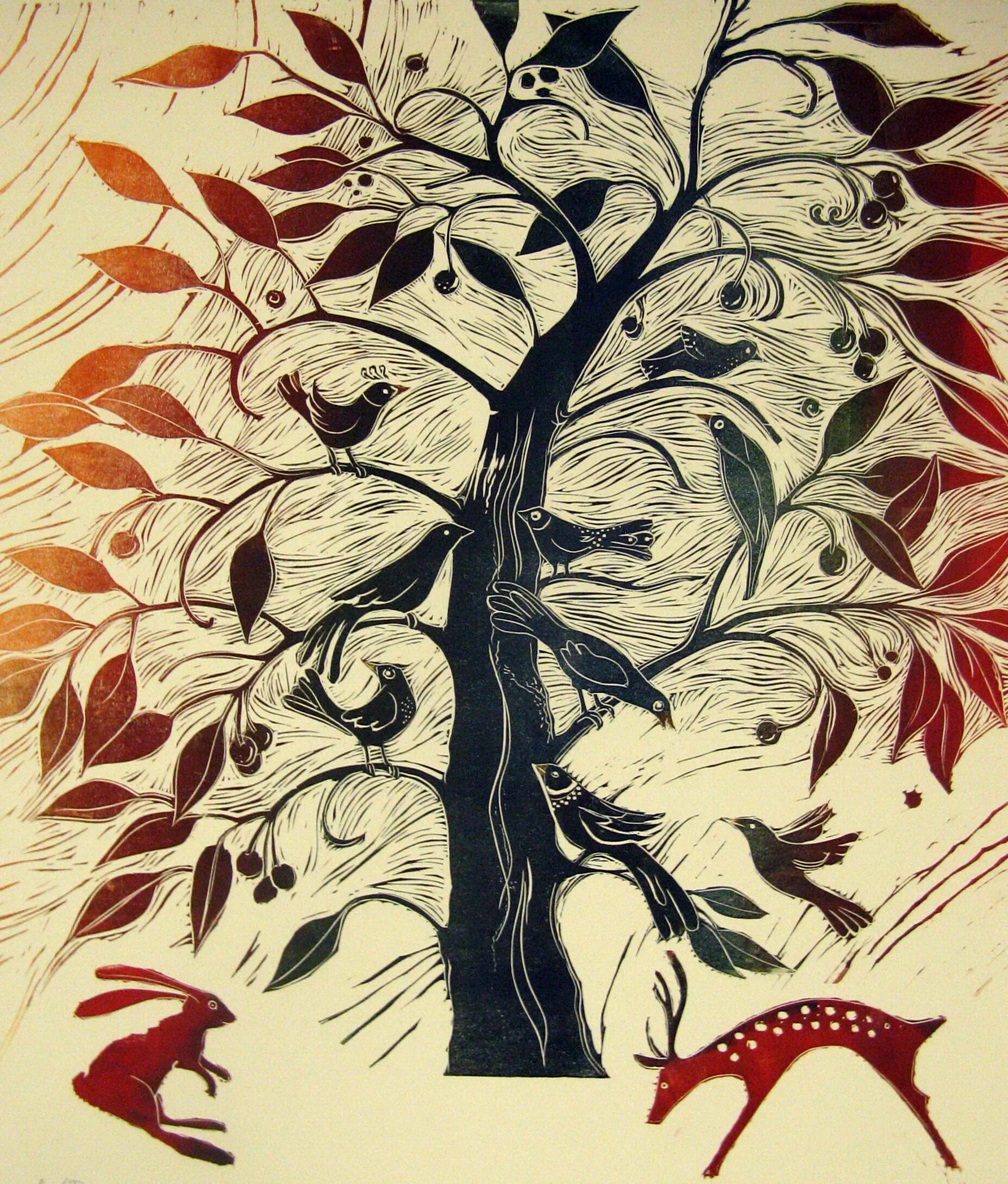
Relief Printing
Relief printing is a method used to make multiple images, in which ink is transferred to paper or another support by the raised parts of a prepared printing plate, block, surface or texture.
Relief printing is the oldest and most durable method of making prints, dating back eleven hundred years to hand printed scrolls made in China. Relief printing developed in Europe during the 1450’s, influenced by the innovation of moveable type and the printing press.
Popular Ukiyo-e woodblock printmaking emerged in Japan in the 1600’s. These prints are popular collectors items still today.
Common relief print methods for monochrome and colour prints employed by artists include wood and linocuts, rubber stamps, wood engravings and collagraphs. Because of the accessibility of materials and importance of design in the relief printing process, lino printing is a popular introductory print making method in schools. It is often the first exposure to printmaking. Relief prints are a highly versatile medium. They may be graphic and expressive or detailed and sophisticated.
Relief printing is the oldest and most durable method of making prints, dating back eleven hundred years to hand printed scrolls made in China.

Jo Hollier, Artist and Printmaker

Jo Hollier, Artist and Printmaker

Jo Hollier, Artist and Printmaker
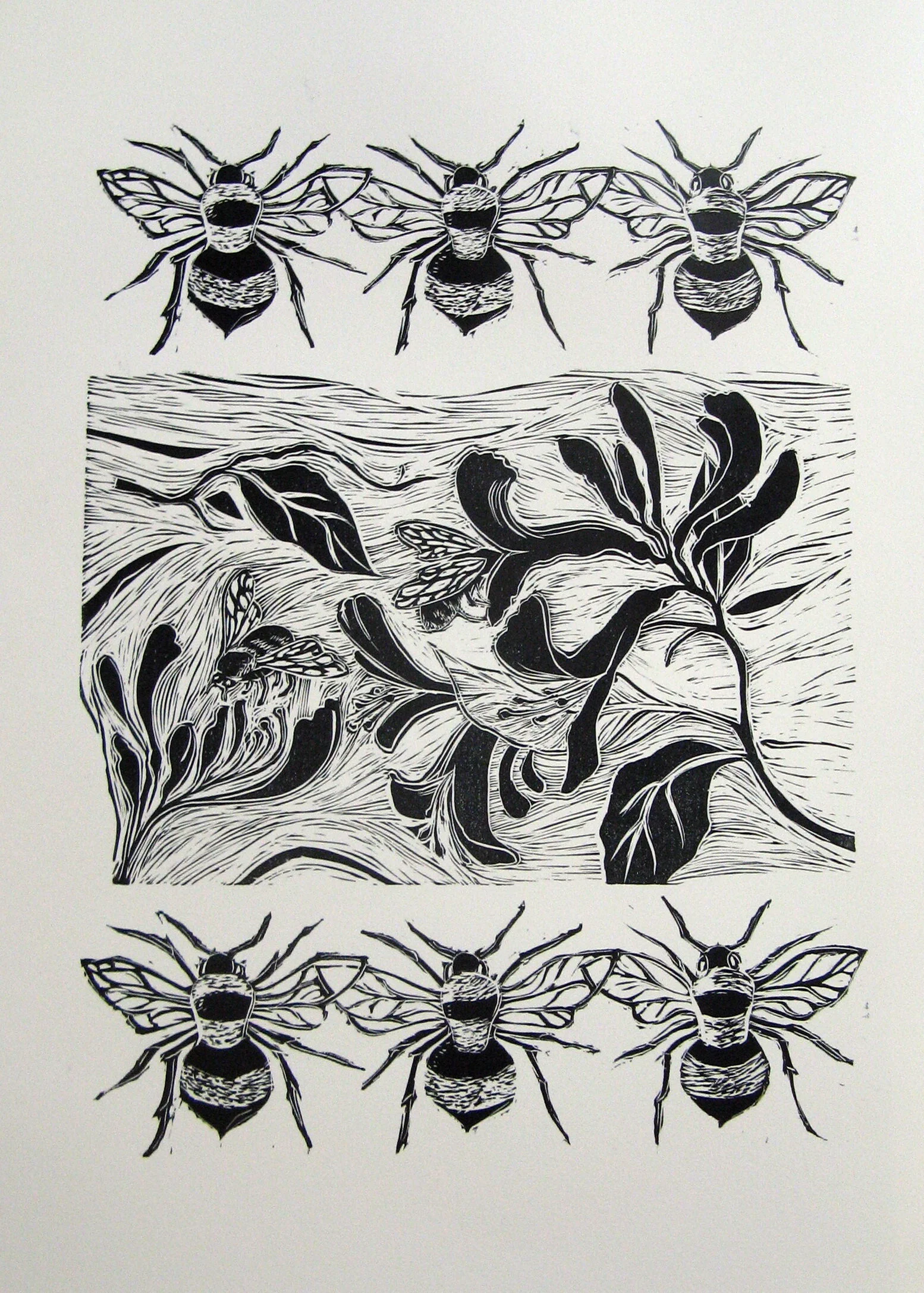
Jo Hollier, Artist and Printmaker
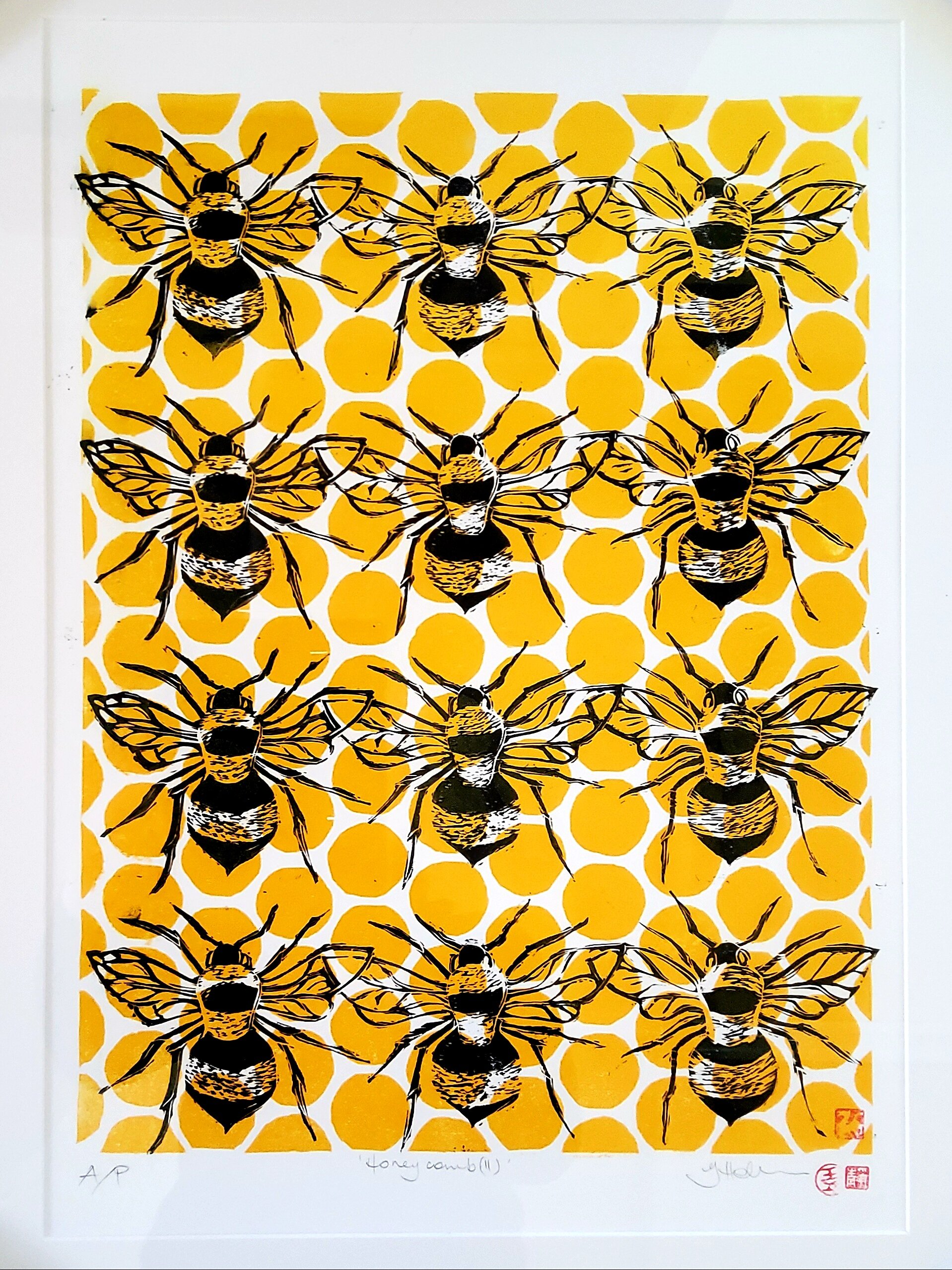
Jo Hollier, Artist and Printmaker

Jo Hollier, Artist and Printmaker
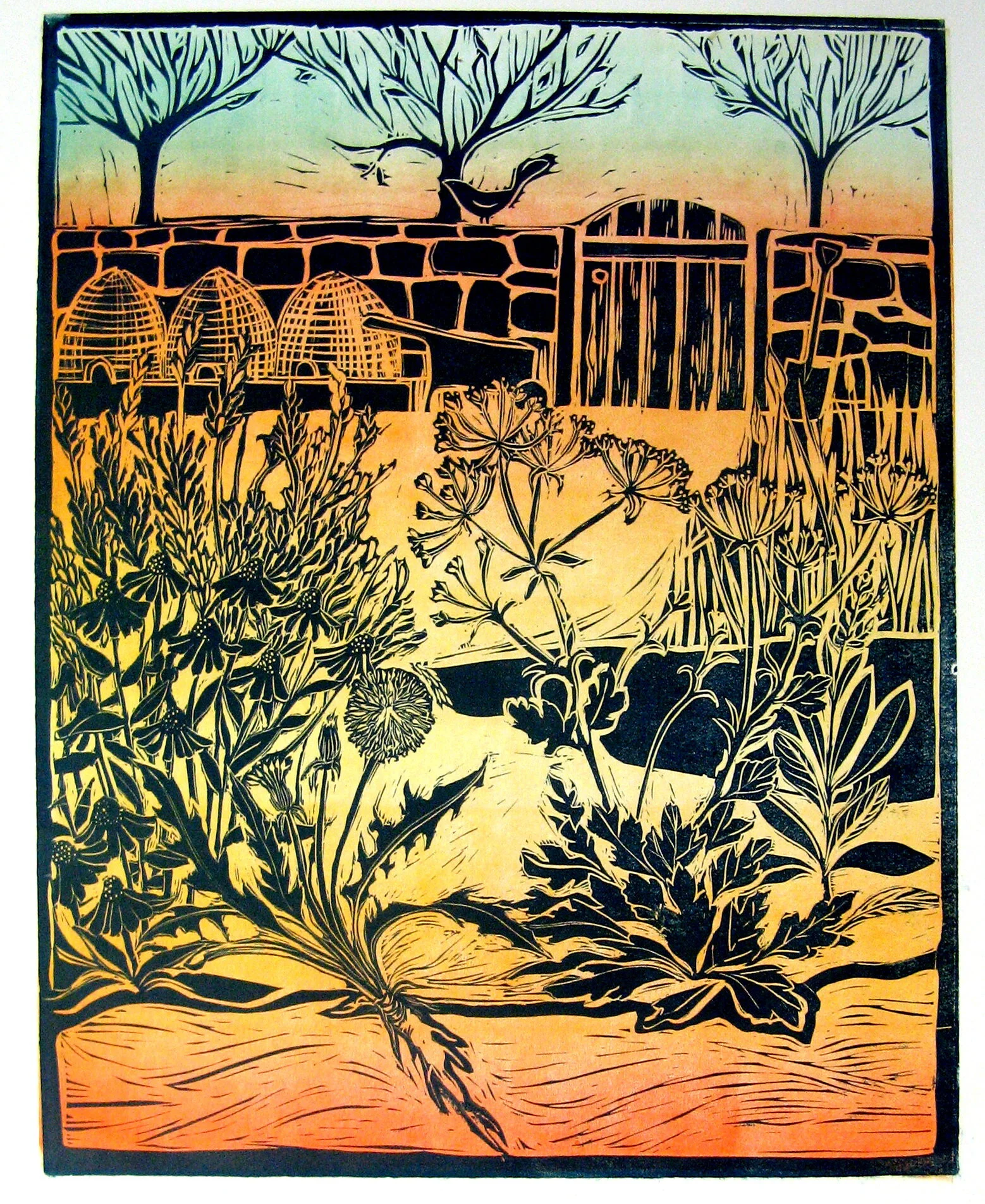
Jo Hollier, Artist and Printmaker
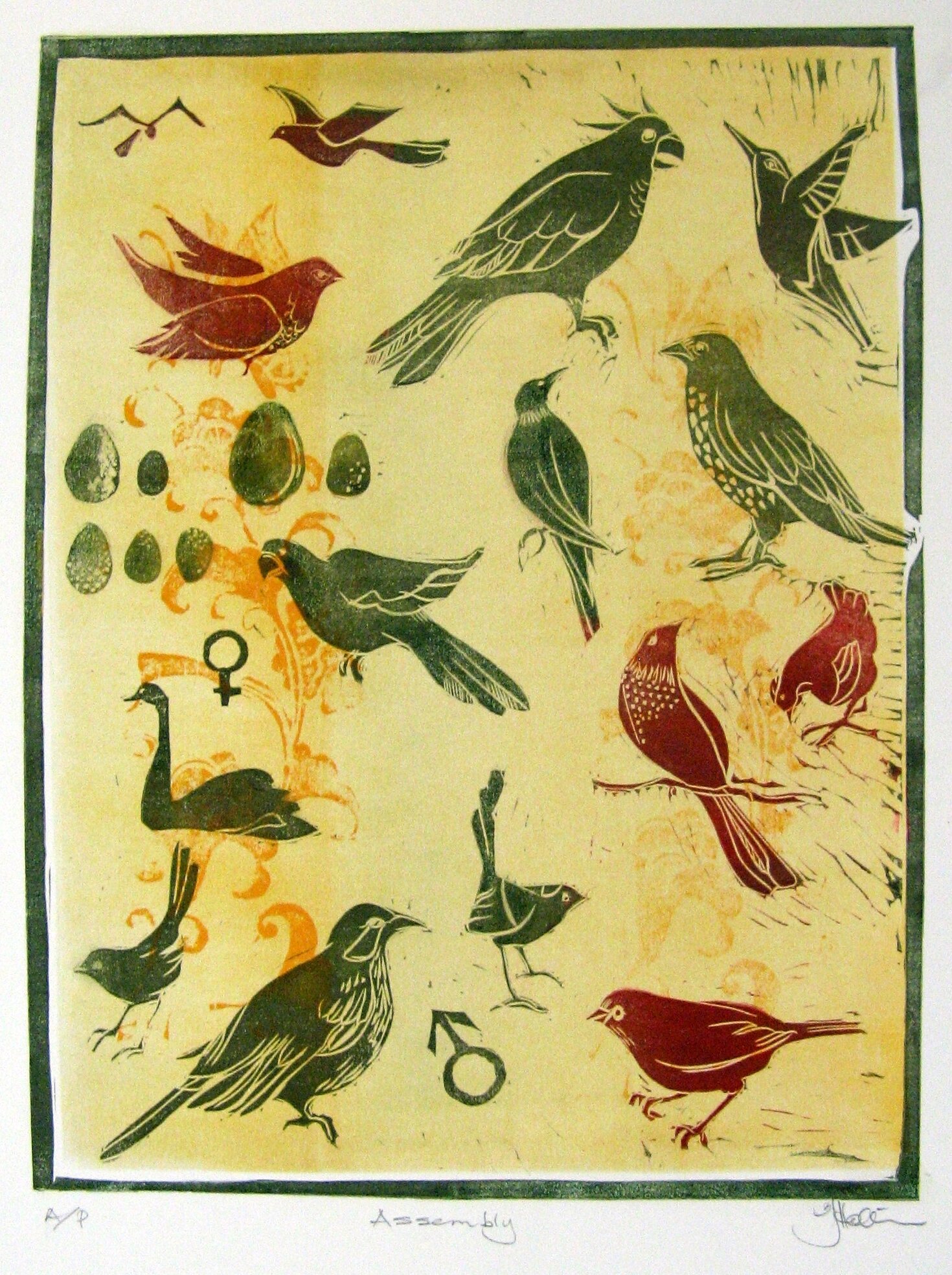
Jo Hollier, Artist and Printmaker
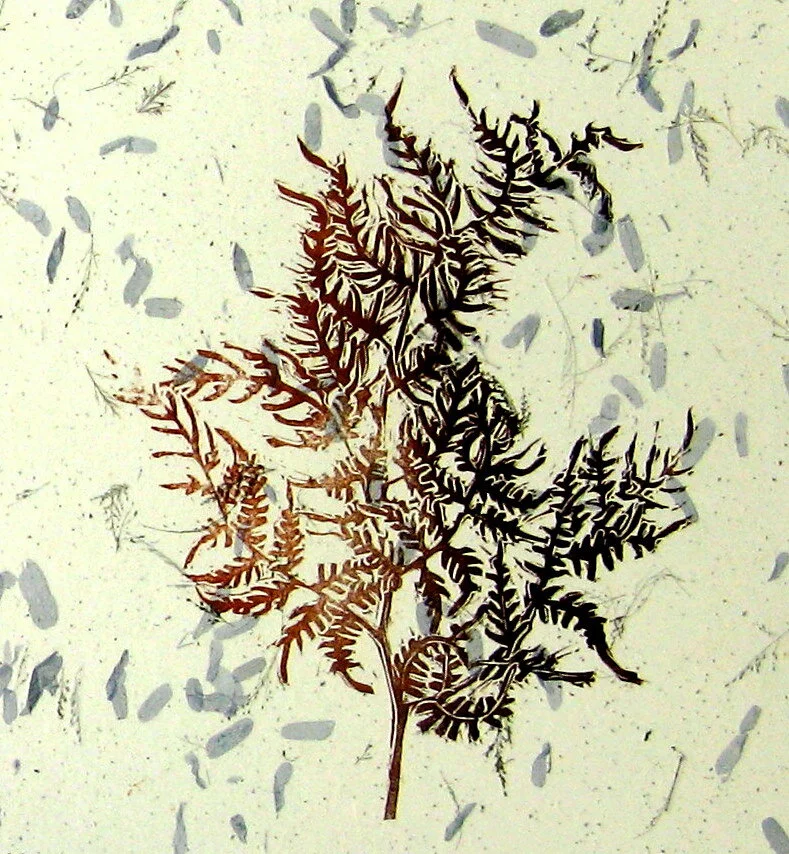
Jo Hollier, Artist and Printmaker
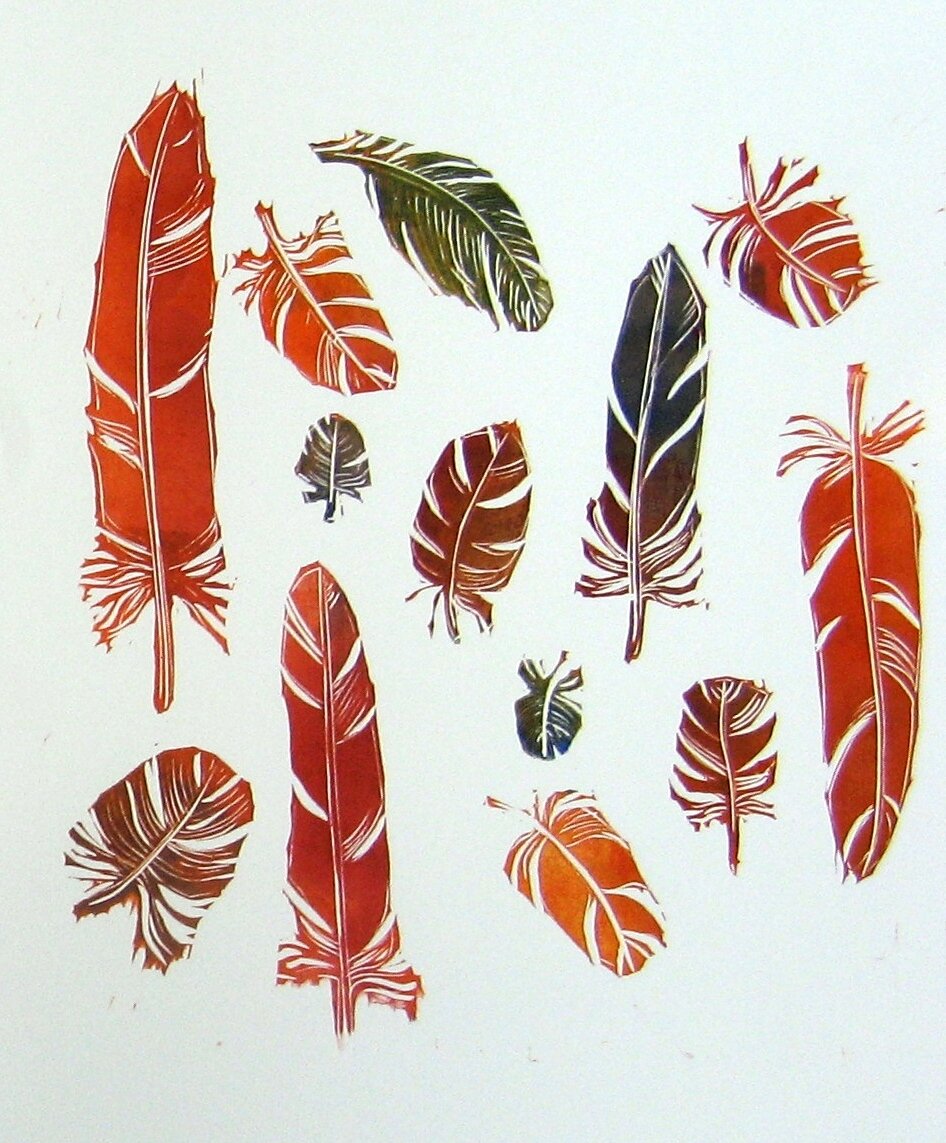
Jo Hollier, Artist and Printmaker
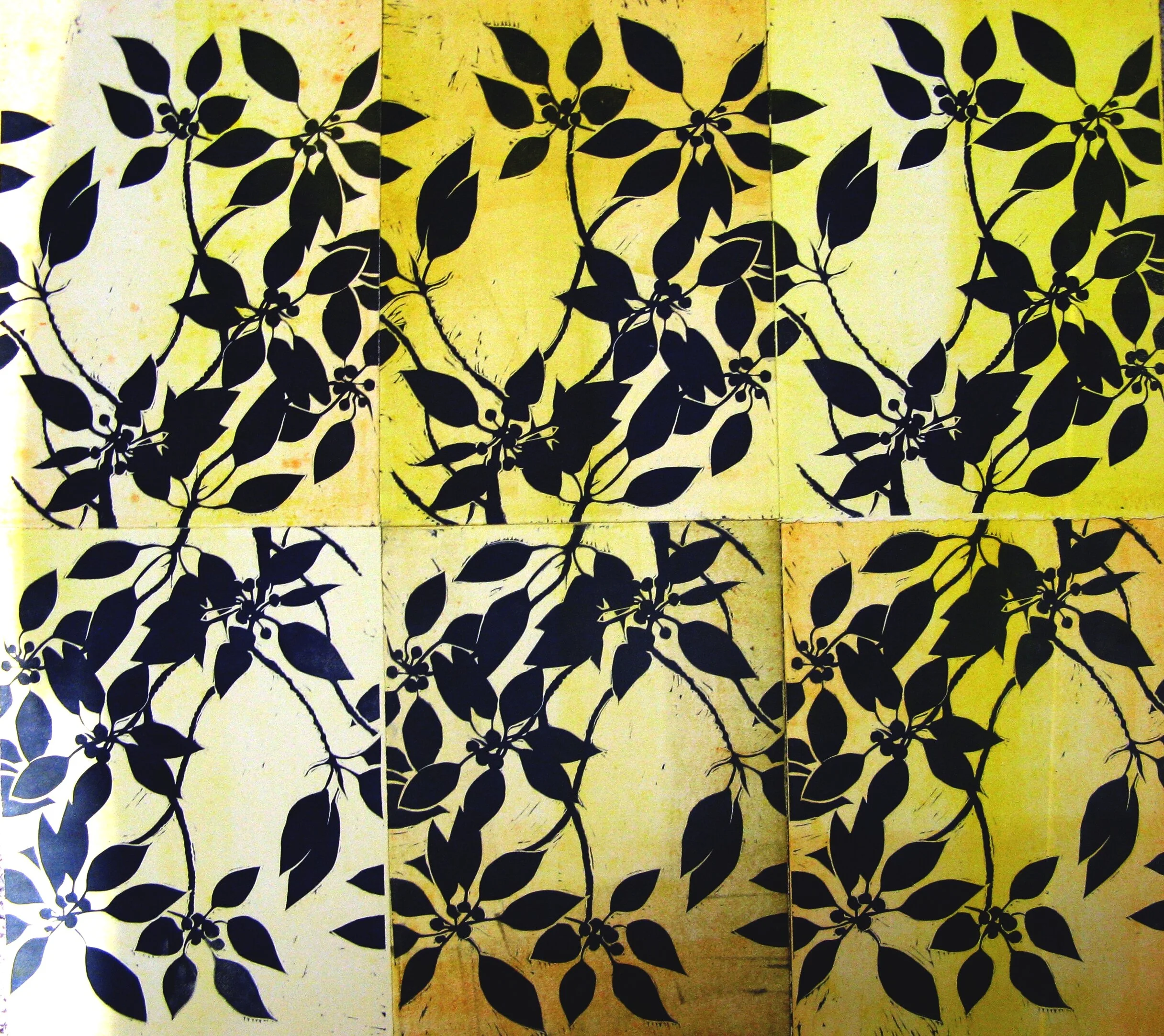
Jo Hollier, Artist and Printmaker
